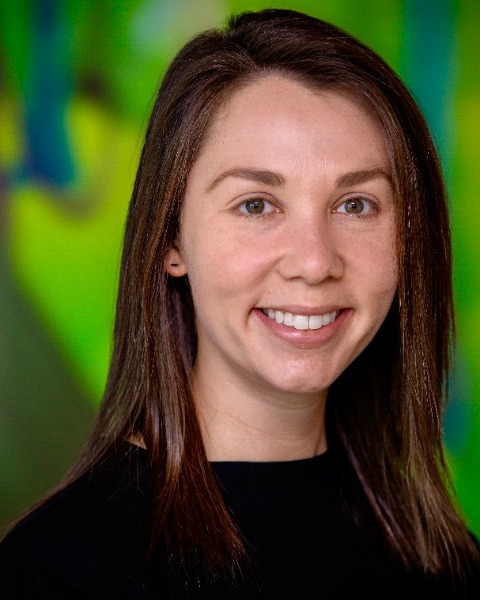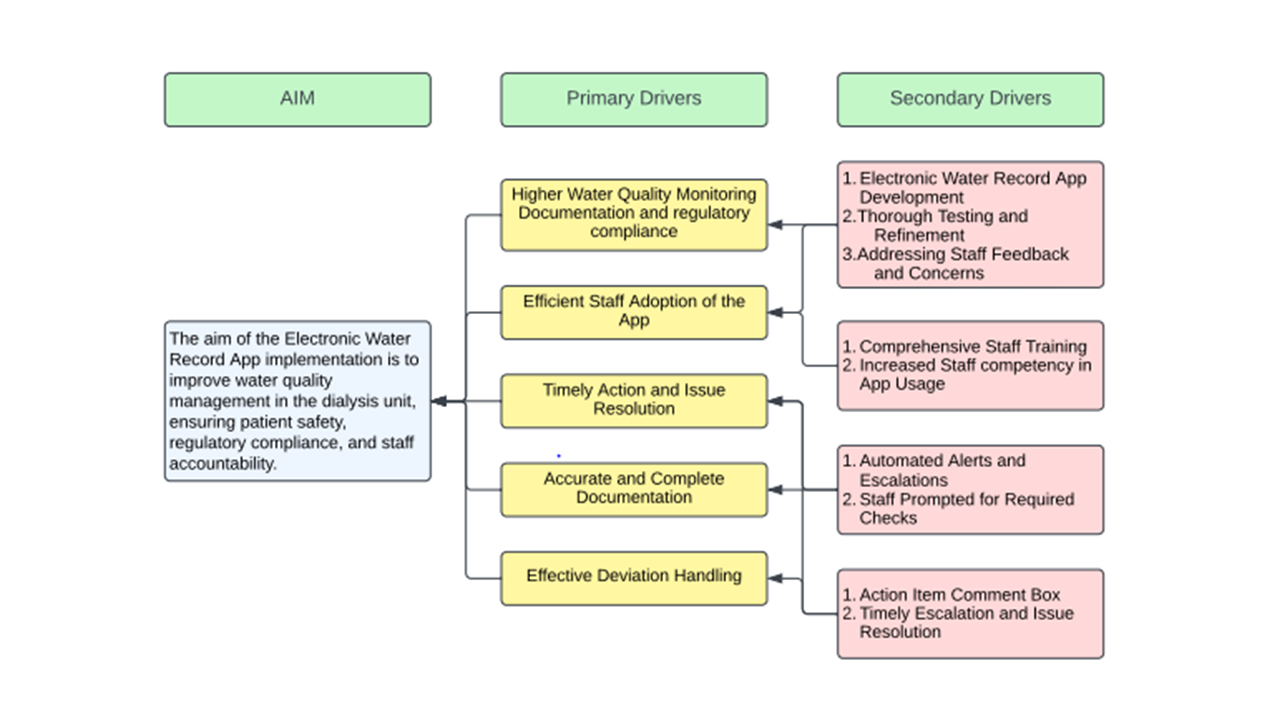Quality Improvement/Patient Safety
Session: Quality Improvement/Patient Safety 5
44 - Enhancing Patient Safety in Dialysis through Advanced Electronic Water Quality Monitoring
Monday, May 6, 2024
9:30 AM - 11:30 AM ET
Poster Number: 44
Publication Number: 44.2840
Publication Number: 44.2840

Erin M. Denny, MHA, CPHQ (she/her/hers)
Director, Dialysis and Apheresis Programs
Seattle Children's
Seattle, Washington, United States
Presenting Author(s)
Background: Hemodialysis patients are exposed to 120-200L of dialysis solution during each dialysis treatment. The quality of the water used to produce the dialysis solution is strictly regulated; given risk of morbidity and mortality to the patient, if set standards are not met. Historically, water quality parameters were manually recorded on paper, resulting in inaccurate and incomplete documentation and delayed interventions. To improve timing and accuracy of documentation and real-time alerts of variances requiring intervention, we sought to develop an electronic application that would mandate accurate documentation and send alerts immediately, if needed.
Objective: To design and build a comprehensive, interactive electronic application with real-time alerts to achieve 100% compliance for all water quality documentation.
Design/Methods: The interventions focused on evaluating water quality management in dialysis (Figure 1). We utilized the iterative model for improvement with PDSA (Plan, Do, Study, Act) cycles (Figure 2). After gaining insight from the internal clinical engineering team regarding water system monitoring documentation framework, we partnered with an internal software application developer to create the electronic application. The application development took place over the course of 18 months and consisted of rigorous testing and revisions based on feedback from clinical engineering and dialysis personnel. Prior to go-live, extensive staff training occurred via a video learning module and individual demonstrations, followed by a phased approach of implementation. The application prevents mandatory water documentation elements from being overlooked and indicates when results are out of acceptable range (Figure 3). Items out of range trigger an automatic alert to be sent to the appropriate personnel and require documentation in the action item comment box. Lastly, key features include continuous remote monitoring, timestamps, version history, and exportation of data for tracking and trending.
Results: Go-live occurred on August 1, 2022. Data insights recorded within the application show that during the first year of implementation, dialysis achieved 100% compliance with all water quality measures. Real-time monitoring and automatic alerts resulted in improved awareness and accountability for water quality maintenance.
Conclusion(s): Development and implementation of an interactive, electronic application led to 100% with water quality documentation on a pediatric dialysis unit.

.png)
.png)
